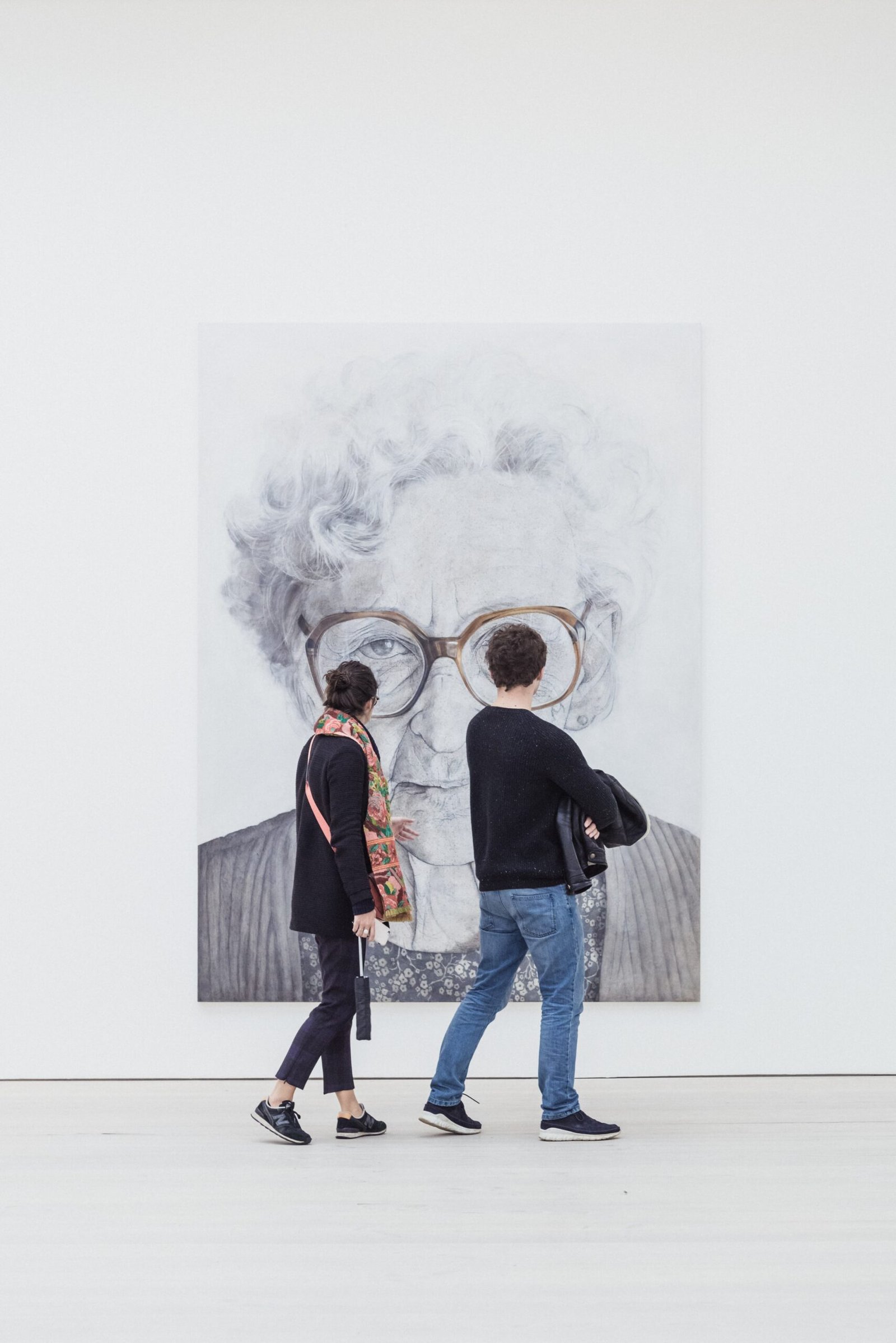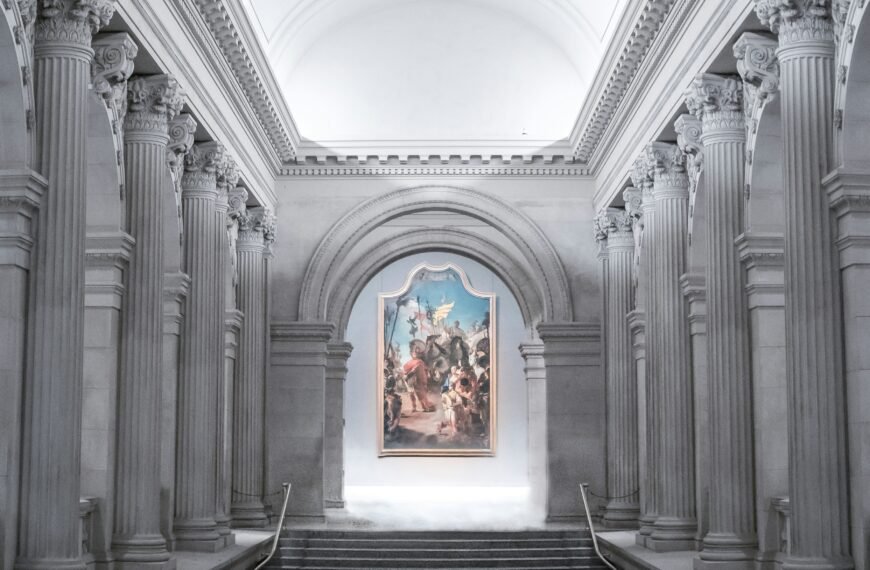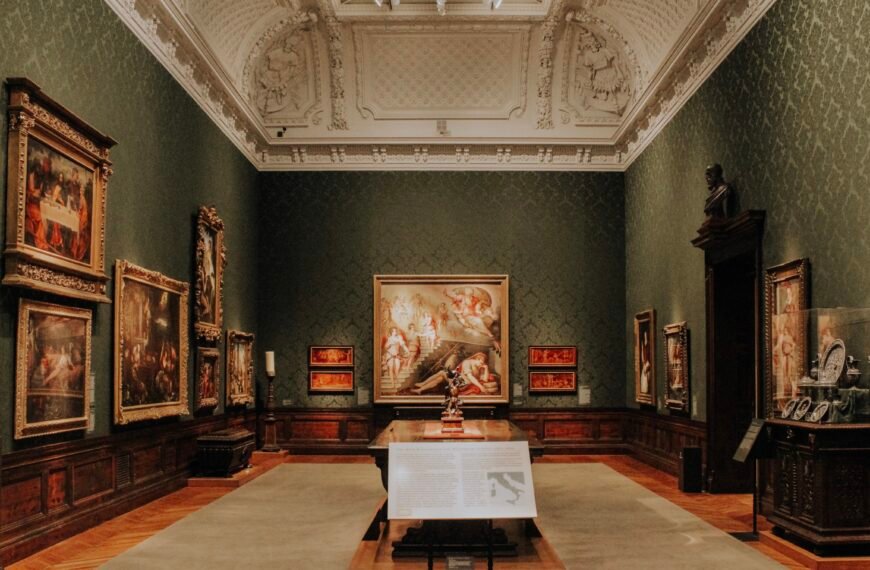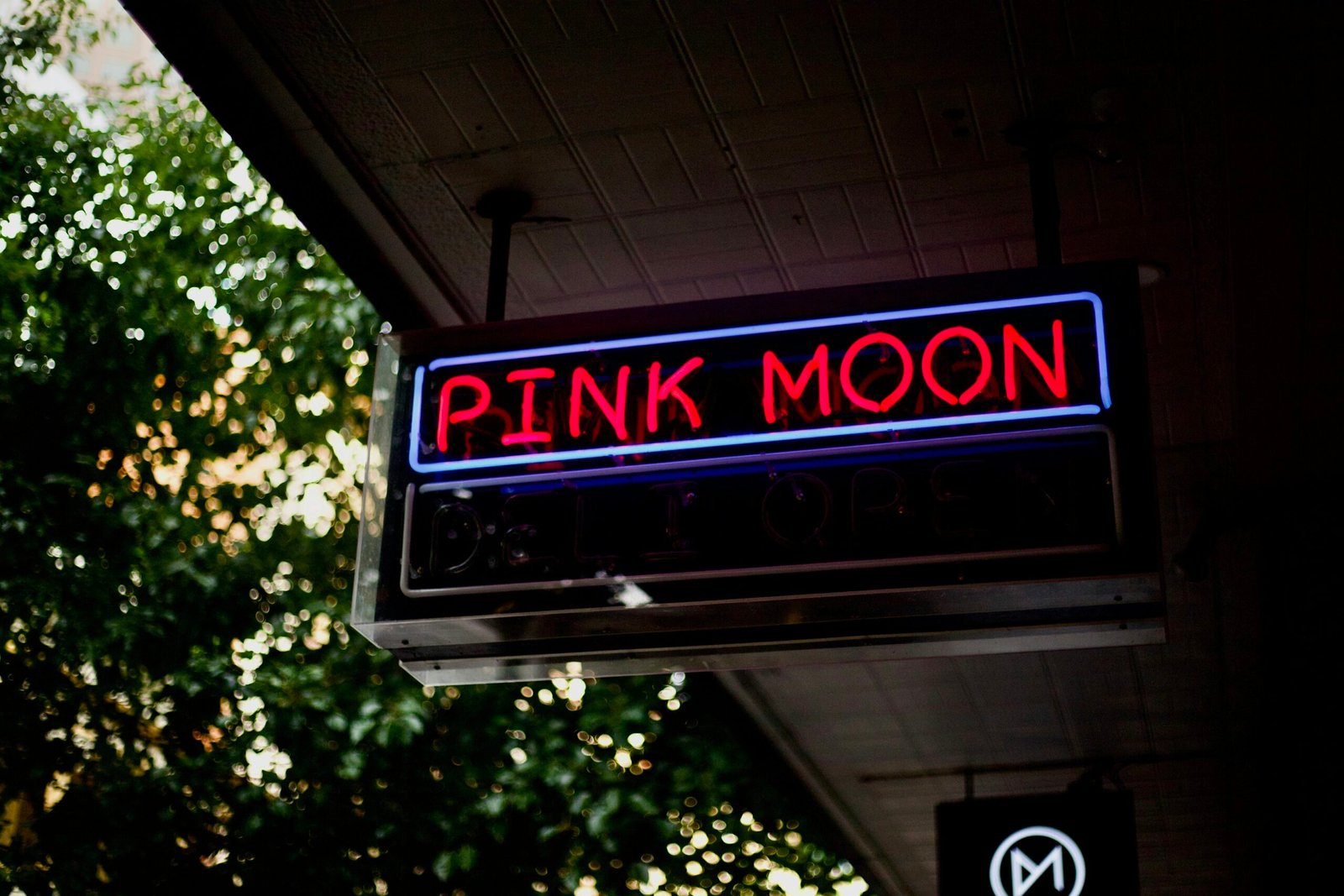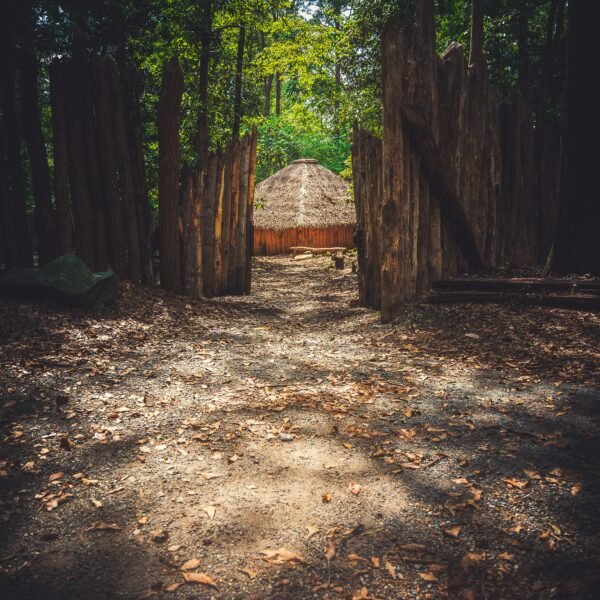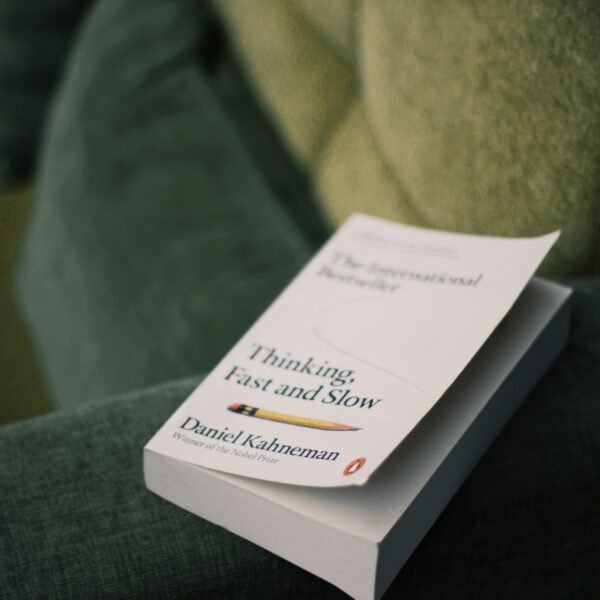Are you an art enthusiast who is curious to know about the largest art museum in the world? Look no further! In this article, we will explore the fascinating world of art museums and reveal the ultimate behemoth that claims the title of the largest art museum globally. Get ready to embark on a journey to discover a magnificent institution that houses a vast array of artistic treasures, showcasing the beauty and creativity of human expression. Prepare to be awed by the sheer magnitude and grandeur of this cultural landmark!
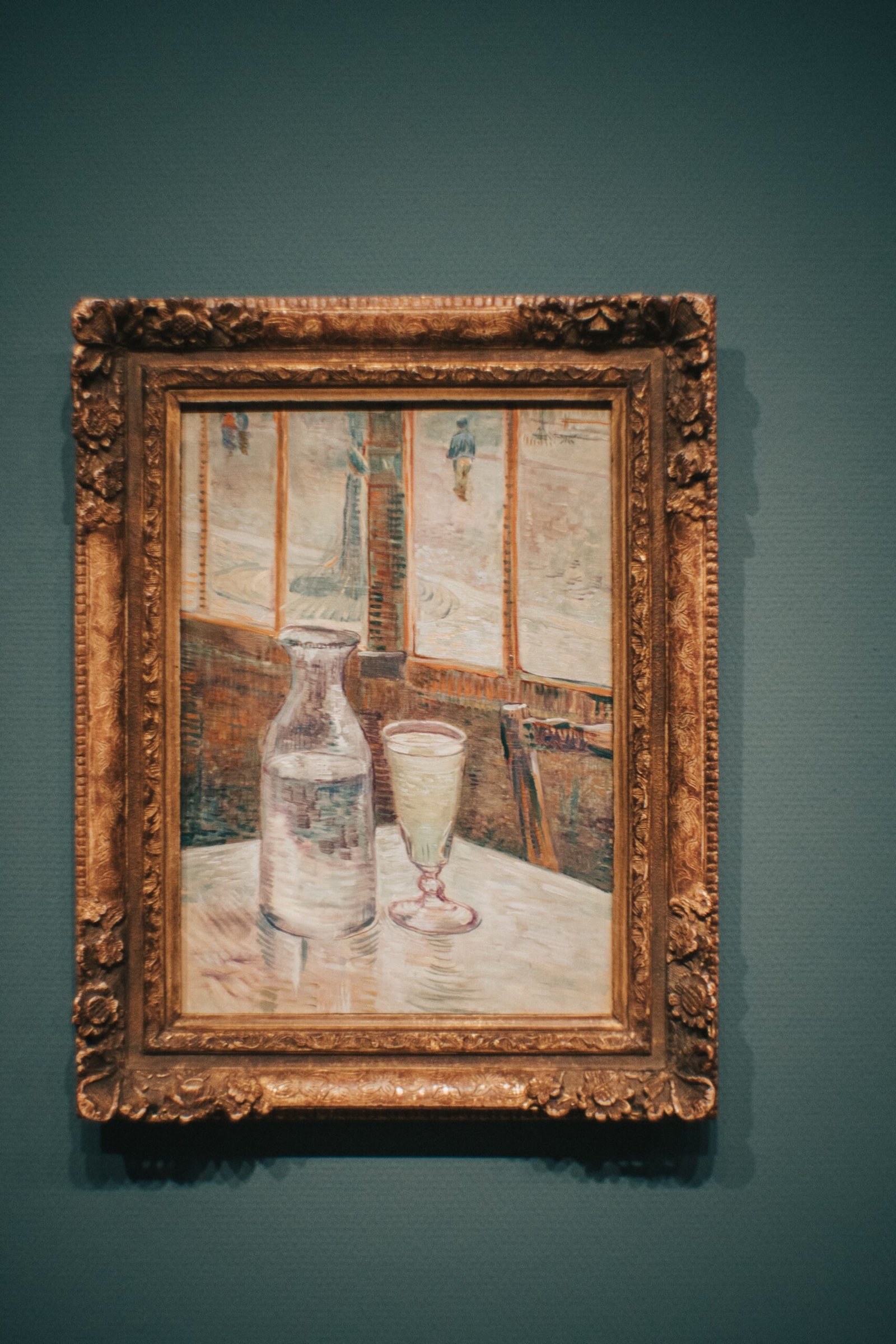
The Louvre Museum
Located in Paris, France, the Louvre Museum is one of the most renowned art museums in the world. With a rich history spanning over eight centuries, the Louvre is a treasure trove of art and culture that has captivated visitors from all corners of the globe.
History
The history of the Louvre can be traced back to the 12th century when it was originally built as a fortress by Philip II. Over the years, it underwent several transformations and expansions, eventually becoming the royal residence. It was only in the late 18th century during the French Revolution that the Louvre was officially converted into a museum, showcasing the royal collection of art to the public.
Collections
The Louvre Museum is home to an impressive collection of over 380,000 objects, spanning various art forms and periods. From ancient Egyptian artifacts to Renaissance masterpieces, the museum offers a comprehensive exploration of human creativity. One of the most famous artworks housed in the Louvre is undoubtedly Leonardo da Vinci’s masterpiece, the Mona Lisa. Additionally, the museum houses notable works by renowned artists such as Michelangelo, Rembrandt, and Vermeer.
Size
Spanning an area of approximately 782,910 square feet, the Louvre is an architectural marvel in itself. Its iconic glass pyramid entrance stands prominently in the courtyard, leading visitors into a labyrinth of galleries and exhibition spaces. With its vast size, the Louvre boasts an unparalleled capacity to house an extensive collection that showcases the evolution of art throughout history.
Visitors
Every year, millions of art enthusiasts and tourists flock to the Louvre Museum, eager to explore its magnificent collection. With its central location in Paris and its reputation as a cultural landmark, it draws a diverse crowd from all walks of life. Whether you’re an art connoisseur or a casual visitor, the Louvre offers an enriching experience that caters to all interests.
State Hermitage Museum
Located in Saint Petersburg, Russia, the State Hermitage Museum is another world-renowned institution that has captivated art lovers for centuries. Its grandeur and opulence make it a must-visit destination for anyone fascinated by history and culture.
History
The State Hermitage Museum traces its roots back to the 18th century when Empress Catherine the Great began collecting art from across Europe. Initially started as a private collection, it gradually expanded and was eventually opened to the public in 1852. With its magnificent architecture, including the iconic Winter Palace, the museum stands as a testament to Russian imperial history.
Collections
The State Hermitage Museum boasts an astounding collection of over three million items, making it one of the largest art museums in the world. From ancient Greek and Roman sculptures to Impressionist and post-Impressionist masterpieces, the museum offers a diverse range of artistic styles and periods. Notable highlights include works by renowned artists such as Leonardo da Vinci, Rembrandt, and Van Gogh.
Size
With a total floor area of approximately 1,065,300 square feet, the State Hermitage Museum is undeniably immense. Its vast complex consists of several interconnected buildings, including the Winter Palace, Small Hermitage, Old Hermitage, and New Hermitage. This expansive layout allows the museum to accommodate its extensive collection adequately.
Visitors
The State Hermitage Museum attracts millions of visitors annually, both from Russia and around the world. Its rich collection and historical significance make it a coveted destination for art enthusiasts and history buffs alike. The museum’s dedication to preserving cultural heritage and promoting artistic appreciation ensures a memorable and immersive experience for all visitors.
National Museum of China
Situated in Beijing, the National Museum of China is the largest museum in the country and one of the most significant cultural institutions in Asia. It presents an in-depth exploration of Chinese history and art that showcases the country’s rich cultural tapestry.
History
The National Museum of China was established in 1959 through the merger of two separate museums, the Museum of Chinese History and the Museum of the Chinese Revolution. With its roots dating back to the early 20th century, it has played a vital role in preserving and promoting the country’s cultural heritage.
Collections
The museum houses a vast collection of over a million artifacts, covering a wide range of topics from ancient Chinese civilization to contemporary art. From ancient pottery to calligraphy scrolls, visitors can immerse themselves in the history and artistic traditions that have defined China for centuries. The museum also features temporary exhibitions, providing a platform for contemporary artists to showcase their work.
Size
Covering an area of approximately 2.7 million square feet, the National Museum of China is enormous. Its vast complex includes exhibition halls, educational facilities, and research centers, offering visitors a comprehensive and immersive experience. The museum’s architecture seamlessly blends traditional Chinese features with modern design, creating a visually striking environment.
Visitors
As one of Beijing’s top attractions, the National Museum of China attracts a significant number of visitors each year. Its central location and comprehensive collection make it an ideal destination for both locals and tourists seeking to delve into China’s rich cultural heritage. With its diverse exhibitions and educational programs, the museum caters to a wide range of interests and ages.
Metropolitan Museum of Art
Located in the vibrant city of New York, the Metropolitan Museum of Art, also known as the “Met,” is a cultural landmark that showcases the diversity and richness of artistic expression from around the world. It stands as one of the largest art museums globally, housing a vast collection that spans thousands of years.
History
The Metropolitan Museum of Art was founded in 1870 by a group of American citizens who sought to bring art and culture to the growing metropolis. Since its inception, the museum has grown exponentially through generous donations and acquisitions, becoming an iconic institution that represents the artistic legacy of humanity.
Collections
The Met’s collection is truly awe-inspiring, encompassing over two million works of art from various civilizations and periods. From ancient Egyptian artifacts to modern masterpieces, the museum offers a comprehensive exploration of artistic traditions across the globe. Visitors can admire renowned paintings by the likes of Monet and Van Gogh, as well as marvel at ancient Greek sculptures and intricate Asian textiles.
Size
With a total floor area of around 2 million square feet, the Metropolitan Museum of Art is vast. Its main building, located on Fifth Avenue, is a behemoth of architecture that houses numerous galleries and exhibition spaces. In addition to the main building, the museum also operates several satellite locations, ensuring that its extensive collection and exhibitions can be adequately displayed.
Visitors
The Metropolitan Museum of Art welcomes millions of visitors each year, representing a diverse cross-section of art enthusiasts and tourists. Its location in the heart of New York City’s cultural hub, along with its reputation as a world-class institution, makes it a must-visit destination for locals and international visitors alike. The museum’s commitment to accessibility and education ensures that every visitor can engage with art on their own terms.
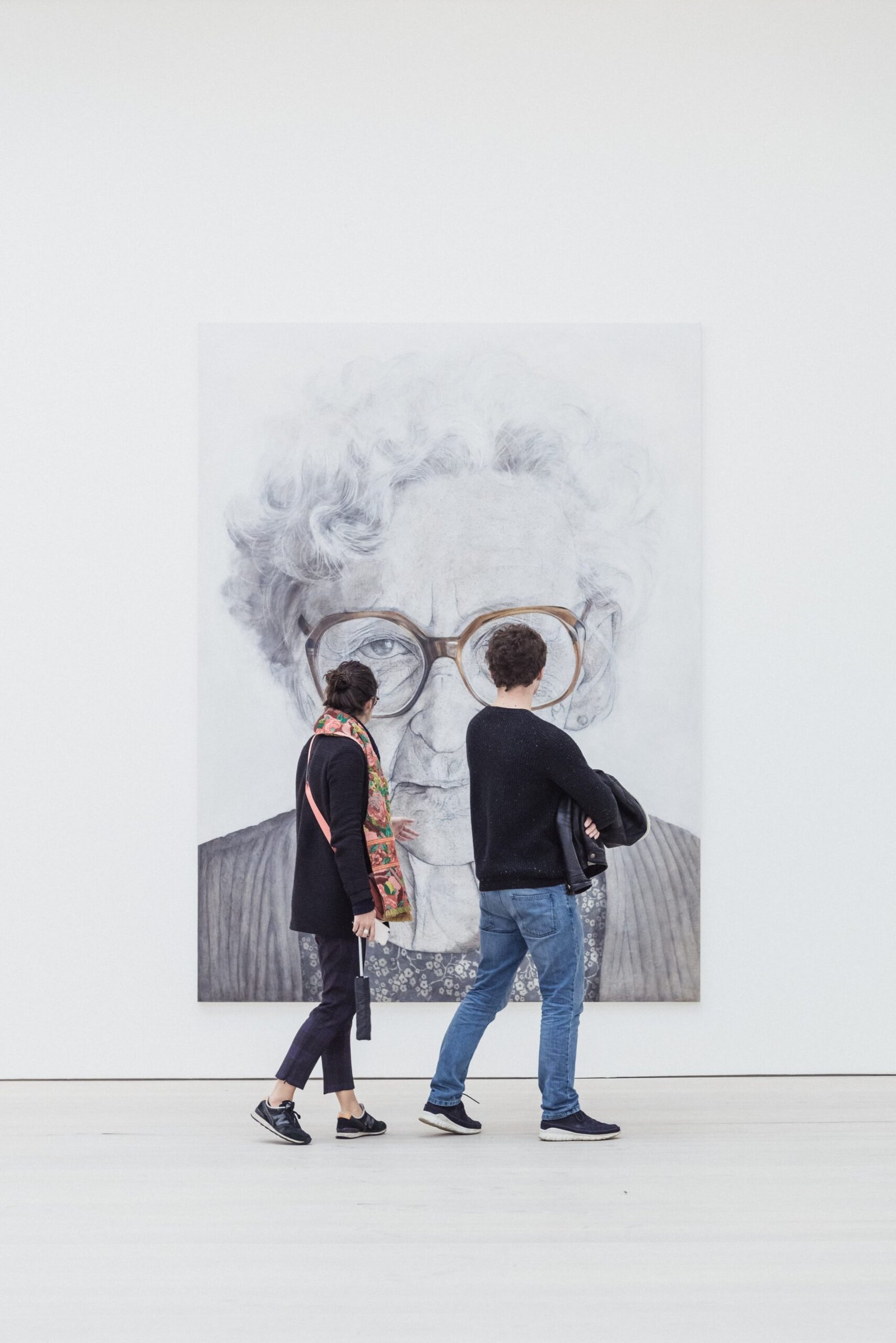
Museo Nacional Del Prado
Situated in the enchanting city of Madrid, Spain, the Museo Nacional Del Prado is a beacon of Spanish art and culture. With its impressive collection of European masterpieces, it stands as one of the most important art museums in the world.
History
The Museo Nacional Del Prado dates back to 1819 when it was established as a royal museum by King Ferdinand VII. Initially displaying Spanish paintings, the museum expanded over the years through acquisitions, donations, and international loans. Today, it showcases an extensive collection of art from across Europe, spanning several centuries.
Collections
The Prado Museum houses an extraordinary collection of over 35,000 works of art, with a particular focus on Spanish and European masterpieces. Visitors can admire iconic artworks such as Velázquez’s “Las Meninas” and Goya’s “The Third of May 1808,” which exemplify the rich artistic heritage of Spain. The collection also encompasses paintings by renowned artists such as Raphael, Titian, and El Greco.
Size
Covering an area of approximately 823,000 square feet, the Museo Nacional Del Prado has ample space to display its extensive collection. The museum complex consists of several buildings, including the Villanueva Building and the Jerónimos Building, seamlessly blending historical architecture with contemporary design.
Visitors
The Museo Nacional Del Prado welcomes millions of visitors each year, both domestic and international. Its central location and prominent role in Spanish art history make it a must-visit destination for art enthusiasts and history lovers. The museum’s commitment to education and cultural preservation ensures a memorable experience for visitors of all ages and backgrounds.
National Gallery of Art
Nestled within the nation’s capital, Washington, D.C., the National Gallery of Art is an artistic haven that celebrates the beauty and diversity of the visual arts. It serves as a cultural landmark, offering visitors a curated collection that spans centuries and continents.
History
The National Gallery of Art was established in 1937 as a gift to the American people from financier and art collector Andrew W. Mellon. Since then, the museum has grown through generous donations and acquisitions, solidifying its position as one of the premier art institutions in the United States. The museum’s collection reflects a rich tapestry of artistic traditions from around the world.
Collections
The National Gallery of Art houses over 150,000 artworks, spanning a wide array of styles and periods. From Renaissance masterpieces to contemporary installations, the museum offers a comprehensive exploration of art history. Visitors can marvel at European paintings by artists such as Rembrandt and Monet or immerse themselves in American art, exemplified by works of Thomas Cole and Georgia O’Keeffe.
Size
Encompassing a total floor area of around 588,000 square feet, the National Gallery of Art offers ample space to showcase its diverse collection. The museum consists of several buildings, including the West Building, which displays European art, and the East Building, dedicated to modern and contemporary art. The distinctive architecture of these spaces enhances the visual experience for visitors.
Visitors
The National Gallery of Art attracts art enthusiasts, scholars, and families alike who seek to engage with its collection. Its prime location on the National Mall, nestled between iconic landmarks, makes it easily accessible to locals and tourists. The museum’s commitment to public programming and educational initiatives ensures a vibrant and inclusive experience for all visitors.
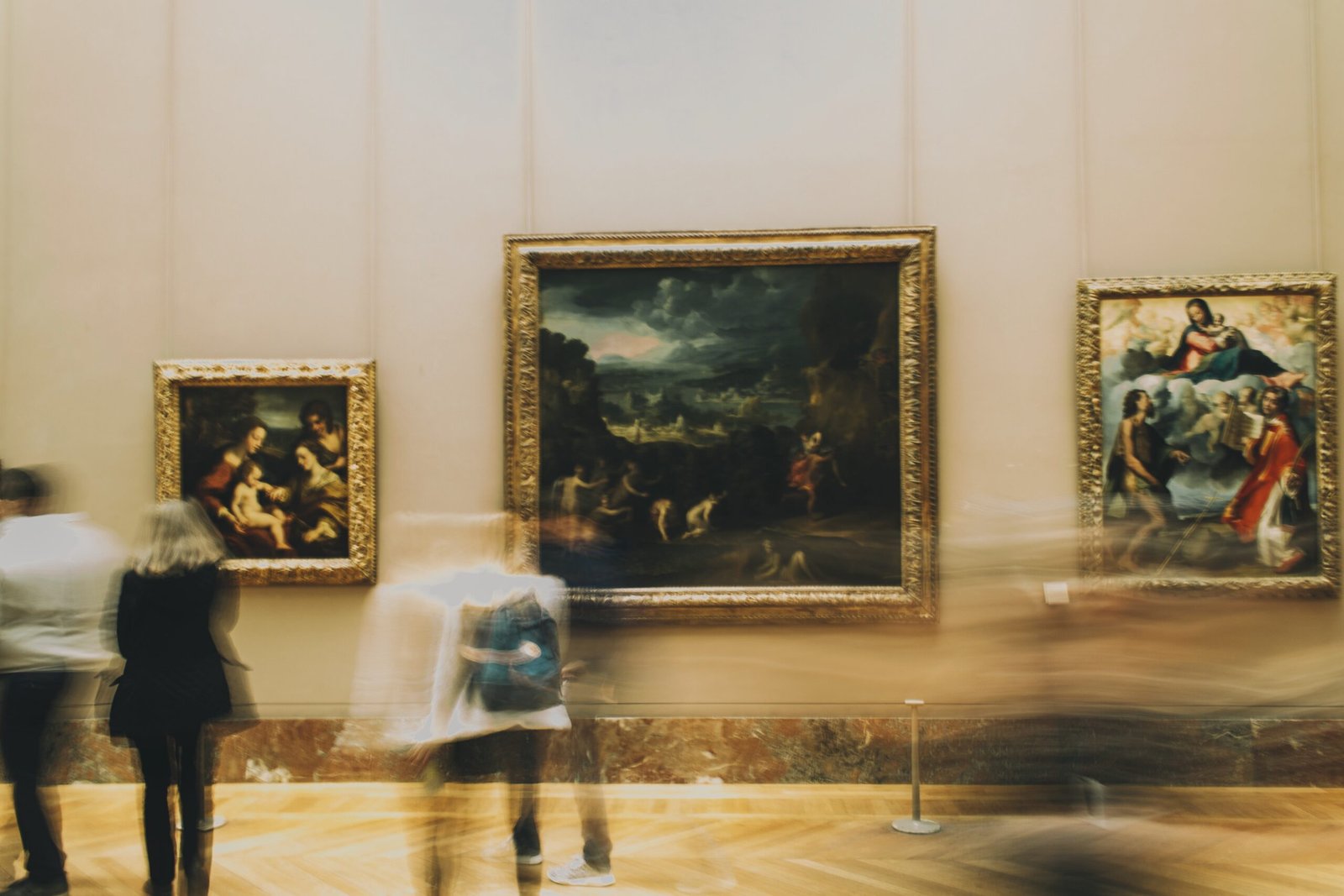
British Museum
Standing proudly in the heart of London, the British Museum is a testament to the vast cultural heritage of humanity. With its unrivaled collection of art and artifacts from around the world, it has become an international symbol of global collaboration and understanding.
History
The British Museum was founded in 1753, making it one of the oldest public museums in the world. It was established with the intent to house and showcase the collections of Sir Hans Sloane, an avid collector and physician. Over the years, the museum expanded its collection through donations, exploration, and acquisitions, becoming a treasure trove of global history and culture.
Collections
The British Museum boasts an extraordinary collection of over 8 million objects, spanning a wide range of civilizations and historical periods. From ancient Egyptian mummies to classical Greek sculptures and Chinese porcelain, the museum offers a fascinating journey through time and space. Notable highlights include the Rosetta Stone, the Elgin Marbles, and the Egyptian mummy of Cleopatra.
Size
Covering an expansive area of about 624,000 square feet, the British Museum is a sprawling complex that houses numerous galleries and exhibition spaces. Its iconic Greek Revival architecture, designed by Sir Robert Smirke, adds to the grandeur and sense of history that permeates the museum’s atmosphere.
Visitors
With over 6 million visitors each year, the British Museum ranks among the most visited museums globally. Its central location and impressive collection attract tourists, academics, and locals interested in exploring human history and culture. The museum’s commitment to accessibility and learning ensures that visitors of all ages and backgrounds can engage with its collection in a meaningful way.
Museum of Modern Art
Located in the bustling city of New York, the Museum of Modern Art (MoMA) is a cultural hotspot dedicated to contemporary art in all its forms. As a leading institution in the field, it offers visitors an immersive experience that showcases the evolution and diversity of modern and contemporary art.
History
The Museum of Modern Art was established in 1929 by a group of philanthropists and art professionals who sought to create a platform to promote and exhibit modern art. Over the years, it has played a significant role in shaping the art landscape, championing groundbreaking artists and movements. MoMA has continually expanded its collection and facilities to accommodate its growing influence.
Collections
MoMA’s collection is a testament to the ever-changing nature of contemporary art. It houses over 200,000 artworks, encompassing various mediums such as painting, sculpture, photography, film, and design. Visitors can encounter iconic works by artists such as Salvador Dalí, Jackson Pollock, Frida Kahlo, and Andy Warhol, among countless others. The museum’s commitment to showcasing contemporary artists makes it a hotspot for emerging talent as well.
Size
Occupying a total floor area of approximately 630,000 square feet, the Museum of Modern Art’s main building in Midtown Manhattan provides ample space for its vast collection. The museum’s recent expansion and renovation efforts have further enhanced its exhibition spaces and visitor amenities, ensuring an immersive and enjoyable experience for art enthusiasts from around the world.
Visitors
The Museum of Modern Art attracts millions of visitors each year, drawn by its reputation as a leading institution in contemporary art. Its central location in New York City, along with its commitment to showcasing cutting-edge artistic expressions, makes it a must-visit destination for art enthusiasts, students, and cultural connoisseurs. The museum’s diverse programming, including lectures, workshops, and film screenings, adds to its appeal as a vibrant center for artistic discourse and exploration.
Tate Modern
Situated on the banks of the River Thames in London, the Tate Modern is a mecca for contemporary and modern art. Housed in a converted power station, it stands as a testament to the rejuvenation of industrial spaces and their transformation into cultural icons.
History
The Tate Modern was inaugurated in the year 2000, taking over the site of the former Bankside Power Station. Its establishment was a response to the growing interest and need for a dedicated space to showcase contemporary art in the United Kingdom. The museum’s unique location and commitment to exhibiting challenging and innovative artwork have cemented its reputation as a leading institution in the field.
Collections
The Tate Modern houses an impressive collection of international modern and contemporary art, spanning a wide variety of mediums and artists. From abstract expressionism to minimalism, visitors can explore various art movements and their wide-ranging influences. The museum showcases works by artists such as Pablo Picasso, Salvador Dalí, Mark Rothko, and Damien Hirst, among many others.
Size
The building housing the Tate Modern covers a total floor area of approximately 753,000 square feet, providing ample space to display its vast collection. The museum’s layout is a perfect blend of industrial charm and modern design, adding to the immersive experience for visitors. The iconic Switch House extension, opened in 2016, further expanded the museum’s galleries and exhibition spaces.
Visitors
With over 6 million visitors annually, the Tate Modern has firmly established itself as one of the most visited art museums in the world. Local and international art enthusiasts flock to the museum, lured by its diverse collection and stunning riverside location. The Tate Modern’s commitment to accessibility and engagement ensures that visitors of all ages and backgrounds can explore, learn, and appreciate contemporary art in an inclusive and immersive atmosphere.
Prado National Museum
Located in Madrid, Spain, the Prado National Museum holds a special place in art history, housing an exceptional collection of European art from the 12th to the 19th centuries. Its impressive collection and historical significance make it a true gem in the art world.
History
The origins of the Prado National Museum can be traced back to 1819, when it was established by Royal Decree as the Royal Museum of Paintings and Sculptures. Its primary purpose was to house the royal collection, with the goal of showcasing the artistic heritage of Spain to the world. Over the years, the museum expanded through donations, acquisitions, and royal patronage, solidifying its reputation as one of the most important art institutions globally.
Collections
The Prado Museum houses over 8,000 paintings, along with a significant collection of sculptures, prints, drawings, and decorative arts. Its collection spans various artistic periods, including masterpieces by renowned artists such as El Greco, Velázquez, and Goya. Visitors have the opportunity to marvel at iconic works like “Las Meninas” by Velázquez or “The Garden of Earthly Delights” by Hieronymus Bosch, among countless others.
Size
Covering an area of approximately 510,000 square feet, the Prado National Museum offers ample space to display its extensive collection. The museum complex consists of several interconnected buildings, including the Villanueva Building and the Jerónimos Building, which seamlessly blend historical architecture with contemporary design. The exquisite interior spaces and galleries provide a breathtaking backdrop for the artworks on display.
Visitors
The Prado National Museum sees millions of visitors each year, attracting art enthusiasts and curious travelers from around the world. Its central location in Madrid, along with its status as a cultural landmark, ensures a steady stream of domestic and international visitors. The museum’s commitment to education and accessibility makes it a welcoming destination for visitors of all backgrounds, allowing them to immerse themselves in the rich artistic traditions of Europe.
In conclusion, the world’s largest art museums offer unparalleled experiences for art lovers and cultural enthusiasts. From the Louvre’s vast collection spanning centuries to the State Hermitage Museum’s opulence and grandeur, these institutions showcase humanity’s creative legacy. Whether you find yourself in Madrid, Paris, London, or New York, the Museo Nacional Del Prado, the Louvre Museum, the British Museum, and others await, ready to transport you through time and space with their remarkable collections. So, embark on a journey and let these museums captivate your imagination, allowing art to inspire, educate, and connect people across borders.

